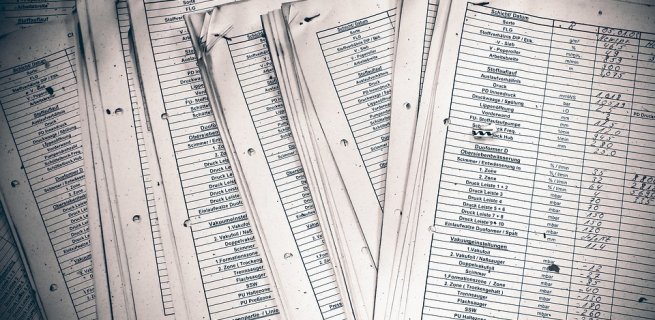We recently wrote a blog about the government’s proposed $20 million cash injection to help clear the backlog of cases waiting to be heard in the NSW District Court.
A report by the Audit Office of NSW suggests that this money will be well spent – as holding defendants ‘on remand’ (ie in custody awaiting trial) is costing the NSW taxpayer $200 per day for each inmate, or a total of $60 million per year.
The report revealed that the District Court backlog has almost doubled since 2011, with over 2,000 cases currently waiting to be heard.
Adding to the backlog is the increase in the time it takes for District Court cases to be finalised. BOCSAR statistics show that in 2014, it took an average of 369 days to finalise a case that was committed for trial while the defendant was on bail. The report stated that:
“This increase in time taken to finalise custody matters has no doubt affected the time spent on remand and thus the size of the remand population.”
The Injustice of Remand
In addition to the financial cost, a significant proportion of those being held in custody on remand are ultimately found not guilty of the charges brought against them.
In fact, around 50% of charges brought against defendants in NSW are ultimately withdrawn by the prosecution or thrown out of court.
This means that there is a very real risk of innocent people spending long periods of time behind bars despite there being little evidence against them, especially when tough new bail laws make it very difficult for those charged with a certain offences to be released from custody on bail, even if the case against them is not particularly strong.
So while the economic cost of keeping people on remand is significant, the risks of grave injustice to innocent people has led human rights groups, social justice advocates and criminal defence lawyers to call for a relaxation of bail laws.
Overcrowding
In addition to the financial and social costs of remand is problem of prison overcrowding. The Audit Office reports that between 2014 and 2015, there were 11,011 inmates in NSW prisons that are designed to hold a maximum of 9,829.
The Office noted that overcrowding limits access to work and other rehabilitation programs, prison resources and support services, and creates tensions between inmates and prison staff – which can, in turn, hamper efforts towards rehabilitation and cause an increase in reoffending rates.
The Office reported that in 2014, 45.8% of prisoners who had been released from custody had returned to prison within two years; a significant increase on previous years.
It is hoped that the government’s proposed cash injection into the NSW District Court is just the first step towards easing the mounting pressures on our criminal justice system, and reducing the injustices caused to innocent defendants.












This is absolutely appalling. And how many of this 50% are held, without bail,
for months before their case is heard in court??
I feel quite strongly about this as one of my children was denied bail. He was supposed
to be held at the watch house, but as they had no room was taken to prison. Beaten up
within 24 hours. Forced to attack an officer in order to smuggle pills into another person
in solitary. The whole system needs to be overhauled. I was so lucky to have the means
to get my son out quickly.